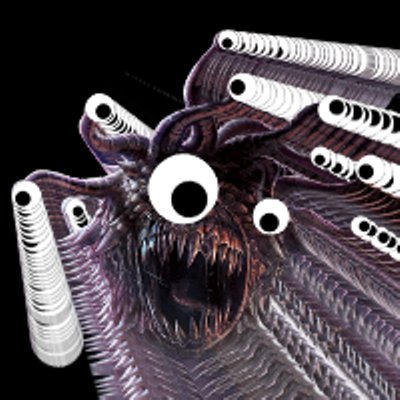However, I am not only just masking a lot of frames while lipsyncing, but I also wanted to use Vegas' pan feature to move the character across the screen at the same time. This is no problem when I mask from the .avi video in Vegas instead of using the exported frames from Photoshop because I can lipsync the mouths, export it as lossless huffy file, mask the frames, and then finally use the pan feature to move the characters across the screen... but if I only have the .psd files from Photoshop, I cannot gradually move the pictures so it doesn't look jumpy since I'd have to edit the pan/crop position on every single .psd file. The only thing I can come up with would be to put the .psd files over a green screen, export, re-import the clip into Vegas and then chroma key the green out which doesn't always produce desirable results (and doesn't it kind of defeat the purpose of using Photoshop?).
Is there a way I can pan/move many .psd files across the screen without having it look jumpy since I'd need to guess where every frame or so ends up on the screen?
(Also, has anybody had trouble with Vegas being not frame accurate? I haven't yet, but I'm just curious.)
I hope it explained it okay. Thanks.
